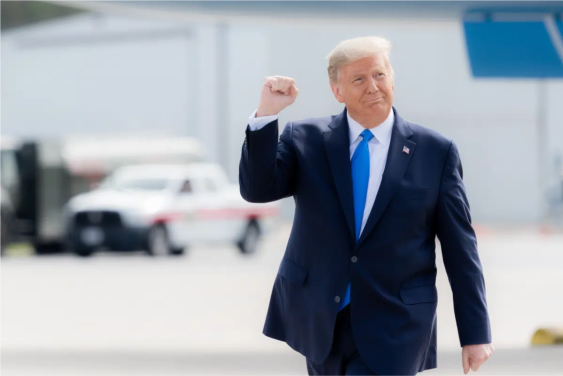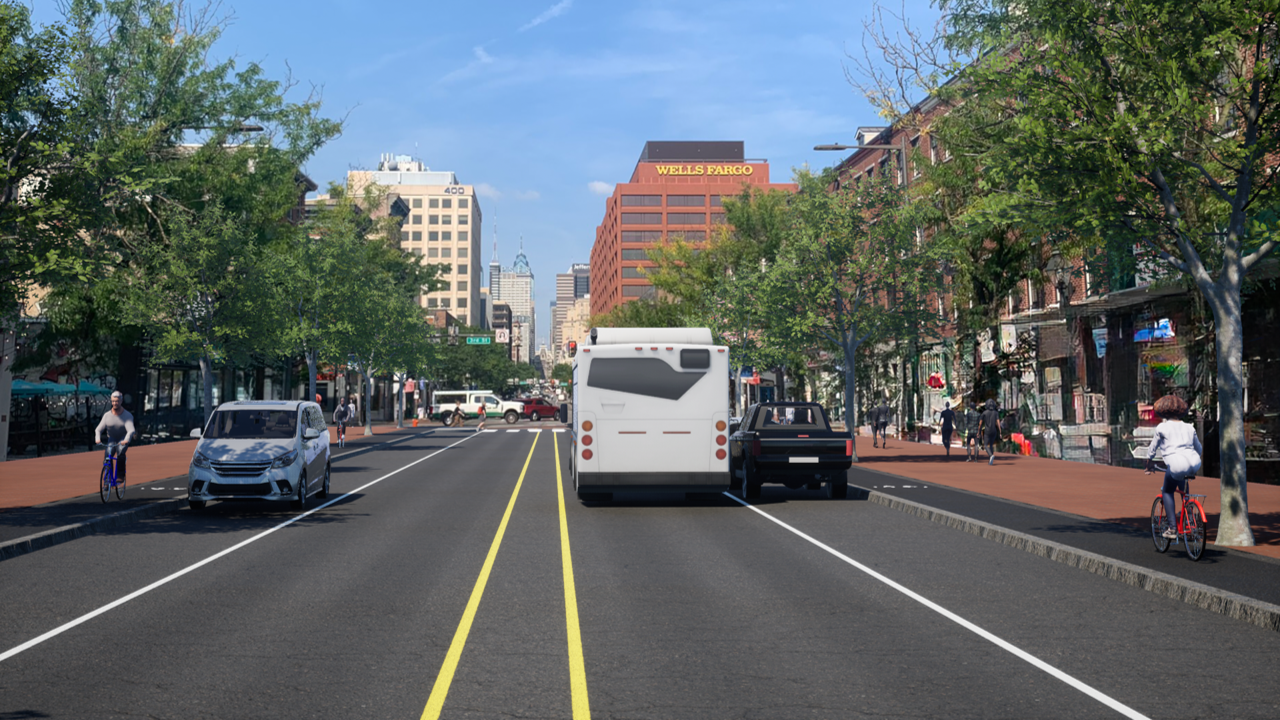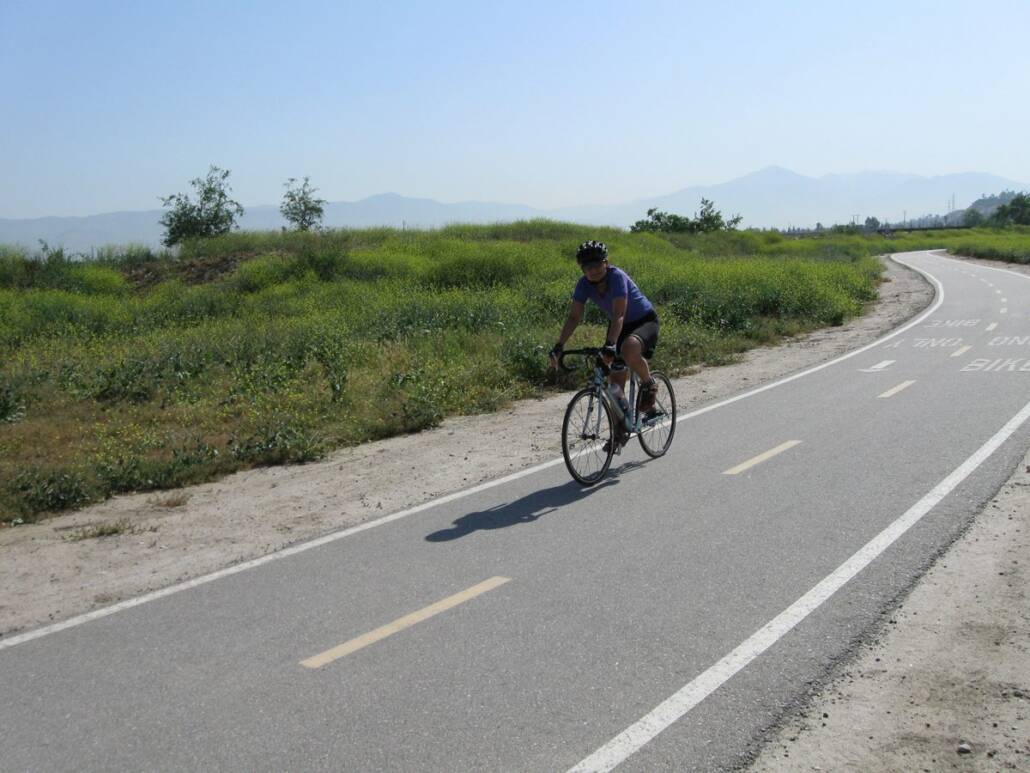With all the kerfuffle in Washington right now over the federal transportation law and the crisis in the Highway Trust Fund, it seems like an appropriate time to be reminded of the role that federal dollars play in funding bicycle infrastructure.
Today, Streetsblog Network member DC Bicycle Transportation Examiner has a post doing exactly that:
Photo by Tracy O via Flickr.
There's
a common perception that funding for bicycle and pedestrian projects
comes just from local and state revenue streams. Although local funding
is certainly important, it's no longer the only game in town. Since
1990, the US Department of Transportation (DOT) has followed a new
transportation strategy that has sought to increase the number of
people walking and bicycling. Between 1992 and 2004, the federal
government spent $3.17 billion on 10,012 pedestrian or bicycle
projects, according to a recently published analysis led by a researcher from the Harvard School of Public Health…A number of Federal Highway Administration programs divert money toward bicycle and pedestrian projects. The Surface Transportation Program,
which
provides flexible funding for a variety of different projects, is the
largest federal program that funds bicycle infrastructure. The Transportation Enhancements Program
[TEP] provides funding for improvements in bike facilities, safety and
education programs, and the preservation of abandoned rail trails.
Areas with poor air quality can get funding for bicycle projects
through the Congestion Mitigation and Air Quality Improvement Program. The Recreational Trails Program, though smaller, also funds bicycle-related projects. Finally, members of Congress can earmark money for specific programs.
A quick perusal of New York State TEP projects,
which include bike and pedestrian trails all over the state, show just
how important federal money is to improving non-auto infrastructure.
More from around the network: The Transport Politic reports on the growing interest in railway electrification; The Political Environment warns of dire consequences that could result from highway expansion in Milwaukee; and Baltimore Spokes
has the disturbing story of a flier put out by anonymous Colorado
motorists to encourage the blocking of a bike ride planned for the
Boulder area next month. Apparently the three-foot passing law that's
set to go into effect in Colorado August 5 has some drivers riled up.





